Startups and Moomin beat Lenin in the industrial city of Tampere
Tampere – Finland's Manchester – was a thriving industrial city. Now it is fighting unemployment and is investing in tourism and startups. But the industrial heritage lives on, as seen at the Finnish Labour Museum Werstas. Yet most popular of all is perhaps the Moomin Museum.
The Finnish Labour Museum Werstas was founded in 1993. The museum says its mandate is to preserve and showcase cultural heritage linked to workers’ lives, including unemployment, working conditions and housing conditions.
The museum presents the history and production of local companies, along with the shared experiences of the working class and the working-class cultures that have developed from them – also from the margins.
Ulla Rohunen, head of visitor services, shows us around the Labour Museum which is located in the textile manufacturer Finlayson’s large factory complex. This is where the cotton mill once operated.
The company no longer operates and the entire complex has become a centre for culture, tourism and entrepreneurship – especially in the summer months.
Energy, the pride of the city
The Tammerkoski rapids lie nearby. The city of Tampere was one of the world’s first to establish a municipal power plant.
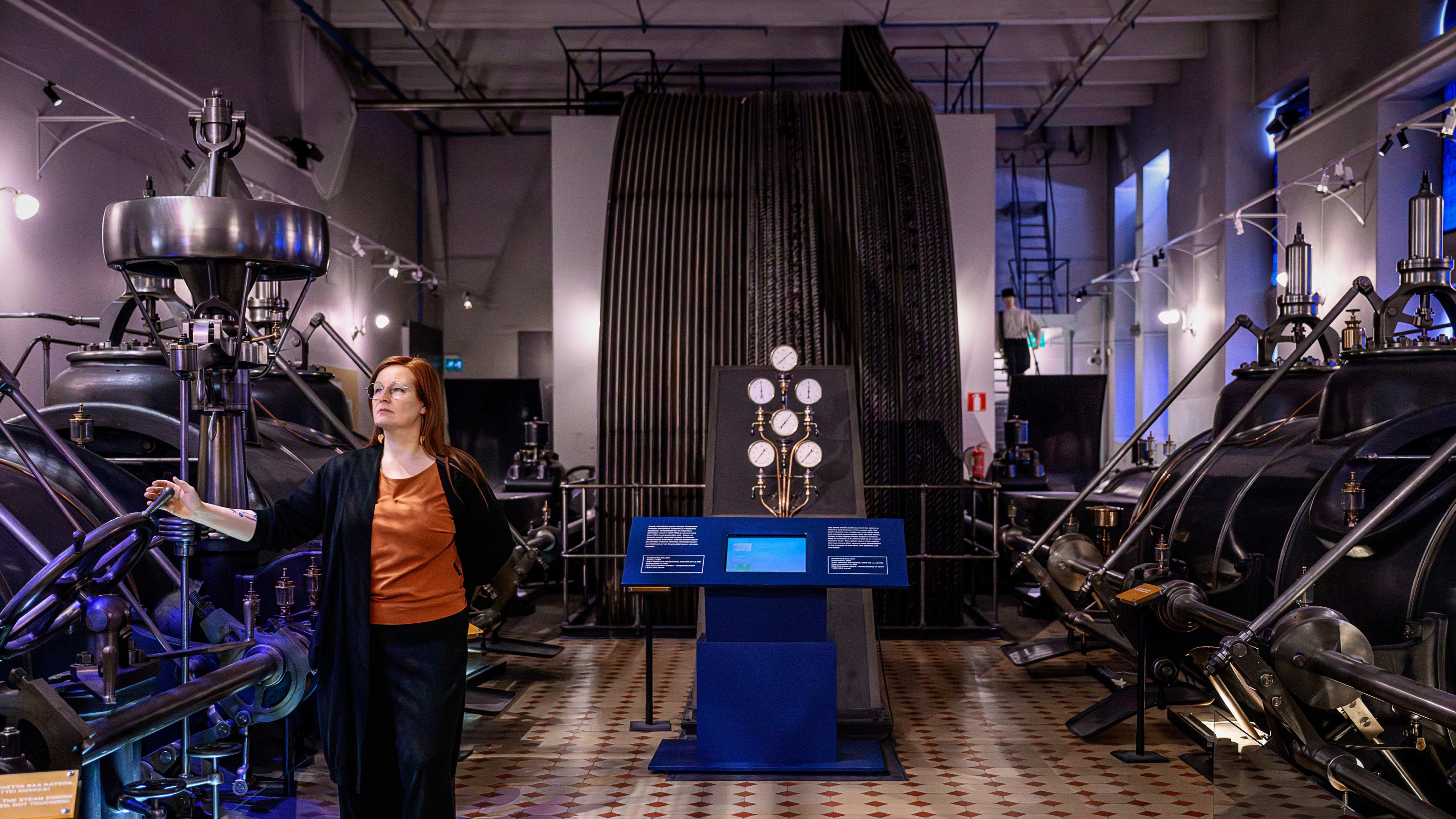
A huge steam power plant stands inside the nearly intact factory building. The steam engine that Ulla Rohunen shows us was once the largest in Finland.
The museum’s steam engine was used from 1900 as a power source for Finlayson’s spinning mill.
“We are of course proud of the steam engine. It is a secret little pearl here in Tampere, even if it no longer works. It is a massive and impressively beautiful monument to industry, technology and labour,” says Rohunen.
The two cylinders have been named Helene and Marie, after the German-Baltic owners’ wives. You could argue that most of Tampere’s industrial development happened thanks to foreign forces during the first half of the 19th century, with help from Scotland, the Baltics and St Petersburg.
In one part of the museum lies the more ideological workers’ museum, featuring a mock-up festive hall in the Worker's House with red union banners and workers’ songs. The museum presents the trade union movement and the political left, but Ulla Rohunen is careful to point out that the museum itself is not political.
Marginal groups part of the trade union movement
The museum also collects stories from minority groups’ cultural heritage, focusing on the environment and climate issues, LGBTQ+ activism, feminism, solidarity and international development aid.
The Ministry of Education and Culture has tasked the Finnish Labour Museum with being the national museum responsible for working life and social history. The exhibitions have showcased the histories of sexual and gender minorities, as well as the history of disabilities in Finland.
The latest themed exhibition addresses a young audience in a comic strip formula with a feminist and anti-capitalist twist, explains Ulla Rohunen.
Museum for all in a popular city
The Finnish Labour Museum does not charge entry and has a lot to offer children. This is important for those who otherwise might not be able to visit, perhaps working-class people. Ulla Rohunen compares it to running a library.
“It is important and right that we have free entry for all, like a living room with a low threshold both for the residents and for guests from elsewhere.”
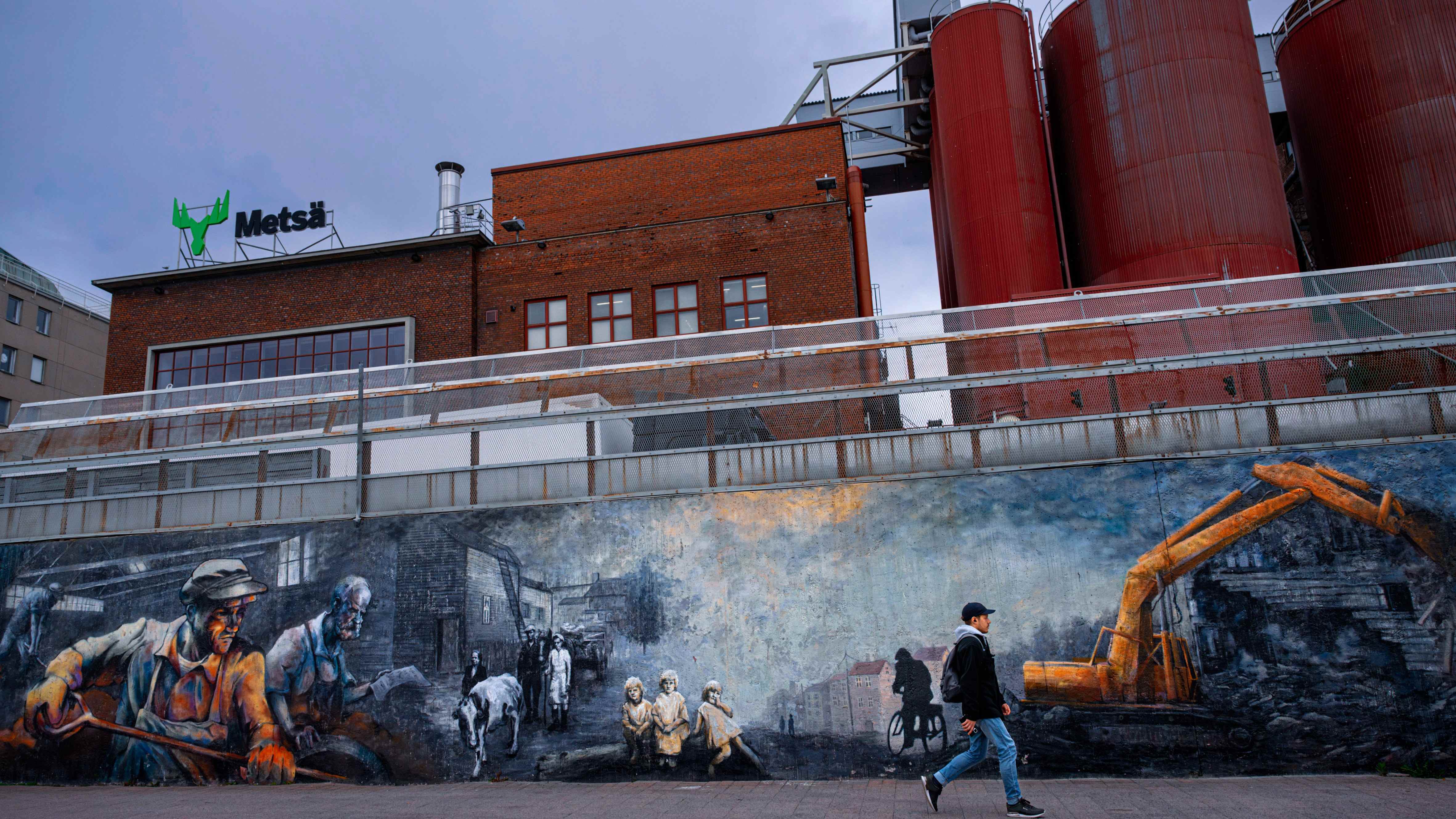
Tampere, also known as"Finland's Manchester," was home to a thriving textile industry, as well as metal, iron, and wood processing. It later expanded into shoe and leather manufacturing.
For some years now, Tampere has been experiencing a museum boom like the rest of Finland, perhaps because the higher cost of living means people cannot afford to travel far. Recently, the museum had a record 70,000-plus annual visitors.
Year after year, Tampere is named in Finnish opinion polls as a city with great pulling power, the city people would most like to move to. Ulla Rohunen is not surprised, but a little proud.
“The working-class city label has become something positive. In many other places, this is seen as a negative thing, but here, the Labour Museum has become more important in the fight for people’s leisure spare time."
The Lenin Museum became Nootti
In addition to the museum of technology and workers’ history, the Labour Museum also runs the foreign policy museum, which used to be called the Lenin Museum. It had more than 22,000 visitors in 2024 – a new record – right before the Lenin Museum closed in November.
It might well have been the last Lenin museum in the world, and people felt it was very “weird”, says Ulla Rohunen. The name became a burden.
“The Lenin Museum was founded by the Finland-Soviet Union Society and was clearly ideological and propagandistic. It was stuck in the 1970s,” explains Ulla Rohunen.
A major cleanup of the Russia museum
The Finnish Labour Museum Werstas took on the responsibility for the Lenin Museum in 2014 and performed a major overhaul of the narrative content.
But it was not enough. Ten years later, it was again time to do something, and now the museum has reopened, featuring only a few items from the previous collection.
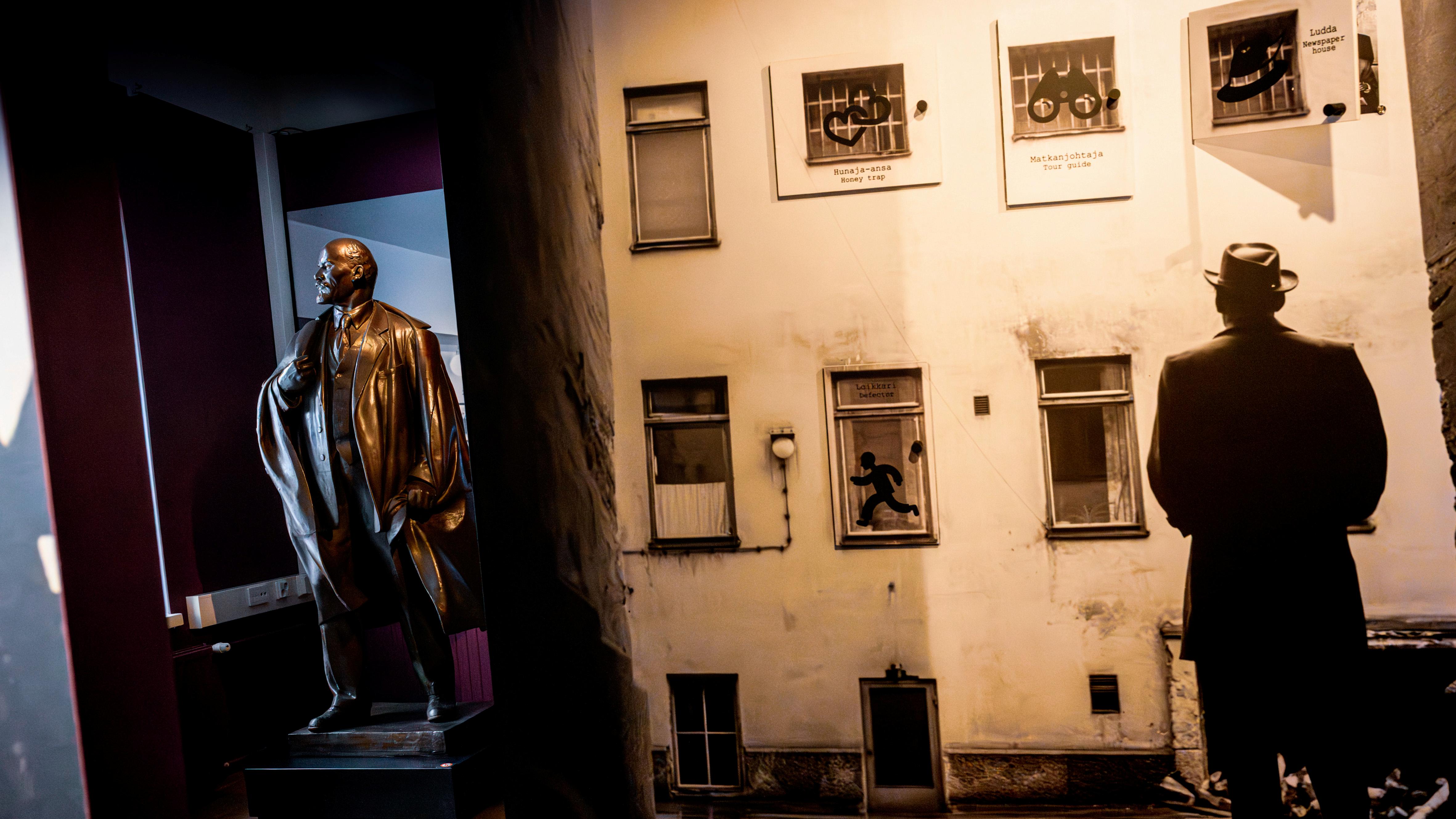
The Nootti Museum is located in the Workers' Hall, the very place where Lenin and Stalin met for the first time. Today, the museum promotes itself as an “Expert on difficult conditions.”
The changes are very good, with a cohesive whole in a new concept, according to Ulla Rohunen.
“We present Finland’s and Russia’s shared history with a critical eye. Previously, attempts had been made to find something funny and ironic about the Soviet years, but it is difficult to find anything funny about that dark and anxious time,” says Ulla Rohunen.
The museum presents the war and peace between Finland and the Soviet Union, but also prison camps, oppression in the Soviet Union and newer history, including the war in Ukraine.
Notes from Russia still send shivers down the spine
The museum’s Finnish name Nootti refers to the often solemn written messages, or diplomatic notes, that are exchanged between countries and foreign embassies.
In 1961, Finland experienced the so-called note crisis when President Kekkonen visited the USA and the Soviet government sent a note demanding a renewal of the YYA Treaty (on friendship, cooperation and assistance).
This later led to the term Finlandisation, meaning the Soviet Union was perceived to control Finnish politics by exerting pressure. President Kekkonen called for double new elections and could continue to run the country for several more decades.
“The workers’ city” not a great selling point
Tampere’s tourism strategy does not focus much on the city’s workers’ history, that is not how you attract tourists, admits Ulla Rohunen. The strategy focuses more on ice hockey in the sports arena, a spy museum and many saunas.
International luxury tourism is a niche for Tampeere, but so are sustainable solutions. The aim is to make one billion euro a year from tourism.
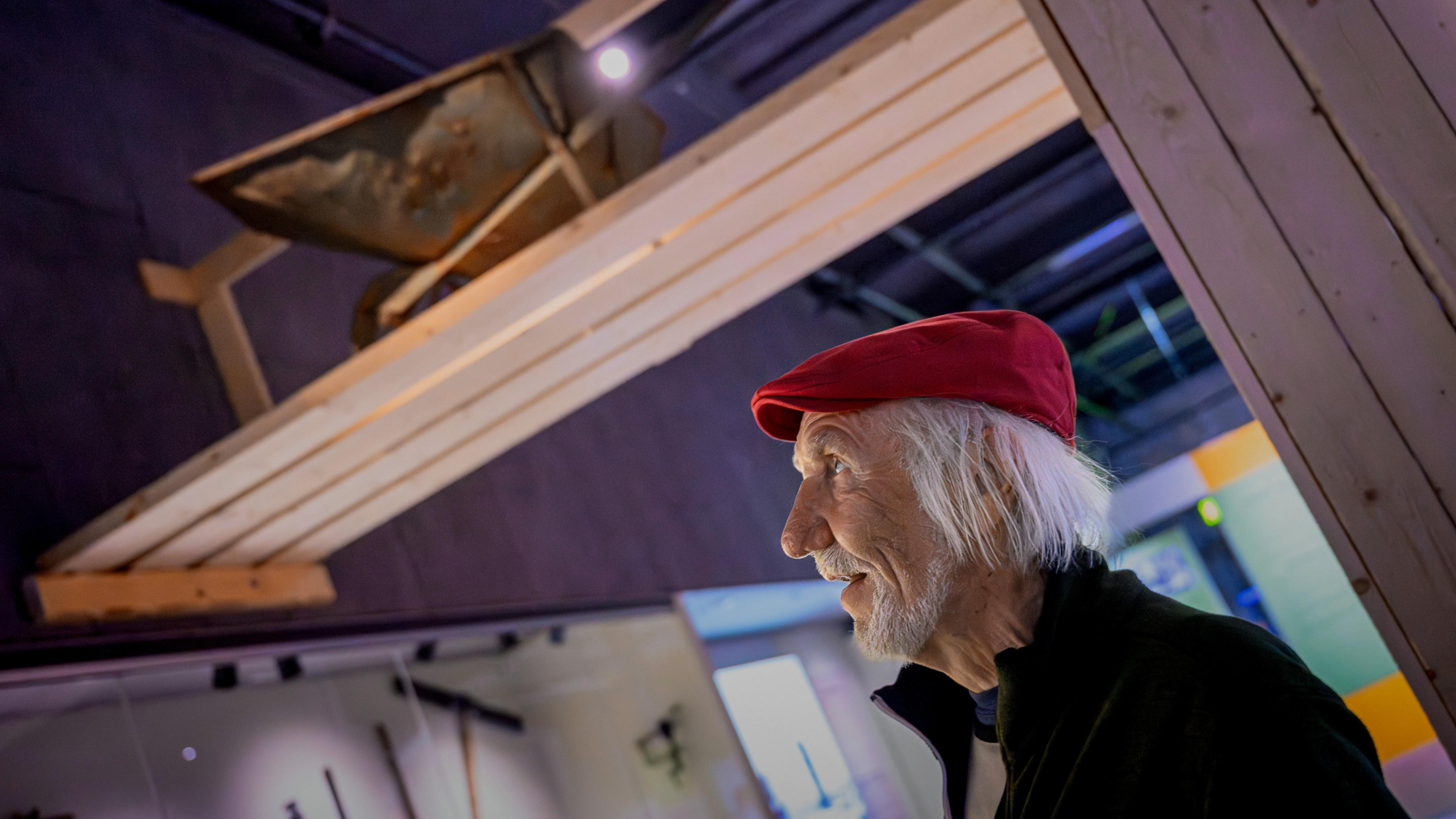
Seppo Väisänen is interested in everything at the Labour Museum – both the machinery and the ideology – and don’t forget Väinö Linna!
Taking an interest in class struggle and Finnish industry
“I for one am interested in Tampere’s workers’ history,” says Seppo Väisänen. He has made a spur-of-the-moment trip from Savonlinna to the Labour Museum. He has been before, but now wants to look at it in more detail.
He has no working-class background in industry except for a short period working in a workshop when he was young. He has been a senior official with expertise in accounting and auditing.
But he considers himself to be a supporter of the labour movement. He is interested in the machines, the class struggle and local working-class authors like Väinö Linna.
He does not visit the Nootti Museum, however. He has seen and knows the real Soviet Union after making work trips there for 25 years. Khabarovsk near the border with China was his most remote destination.
The Nootti Museum is located in the Workers’ Hall, where Lenin and Stalin met for the first time. Today, the museum presents itself as an “Expert on difficult conditions”.
Protected chimneys hide changes
Many of the red-brick factory buildings along the rapids in central Tampere are protected, as are around ten remaining chimneys.
“There is of course still some industry here, but you don’t see it. You could say that we only have the façades of the industry left, and they need protection,” says Ulla Rohunen.
The chimneys are visible proof of an intensive industrialisation that has disappeared. There used to be a lot of cotton and textile factories here, but also forestry industry.
The Labour Museum showcases the industrial development which also included metal works and shoe factories.
New thinking needed for a vibrant business sector
Nowadays, much revolves around IT and technology. This time, too, innovation and business ventures seem to come from outside.
That is the impression you get when you visit Platform 6, right next to Tampere railway station. An entire house has been set aside for innovations, entrepreneurship and startup opportunities.
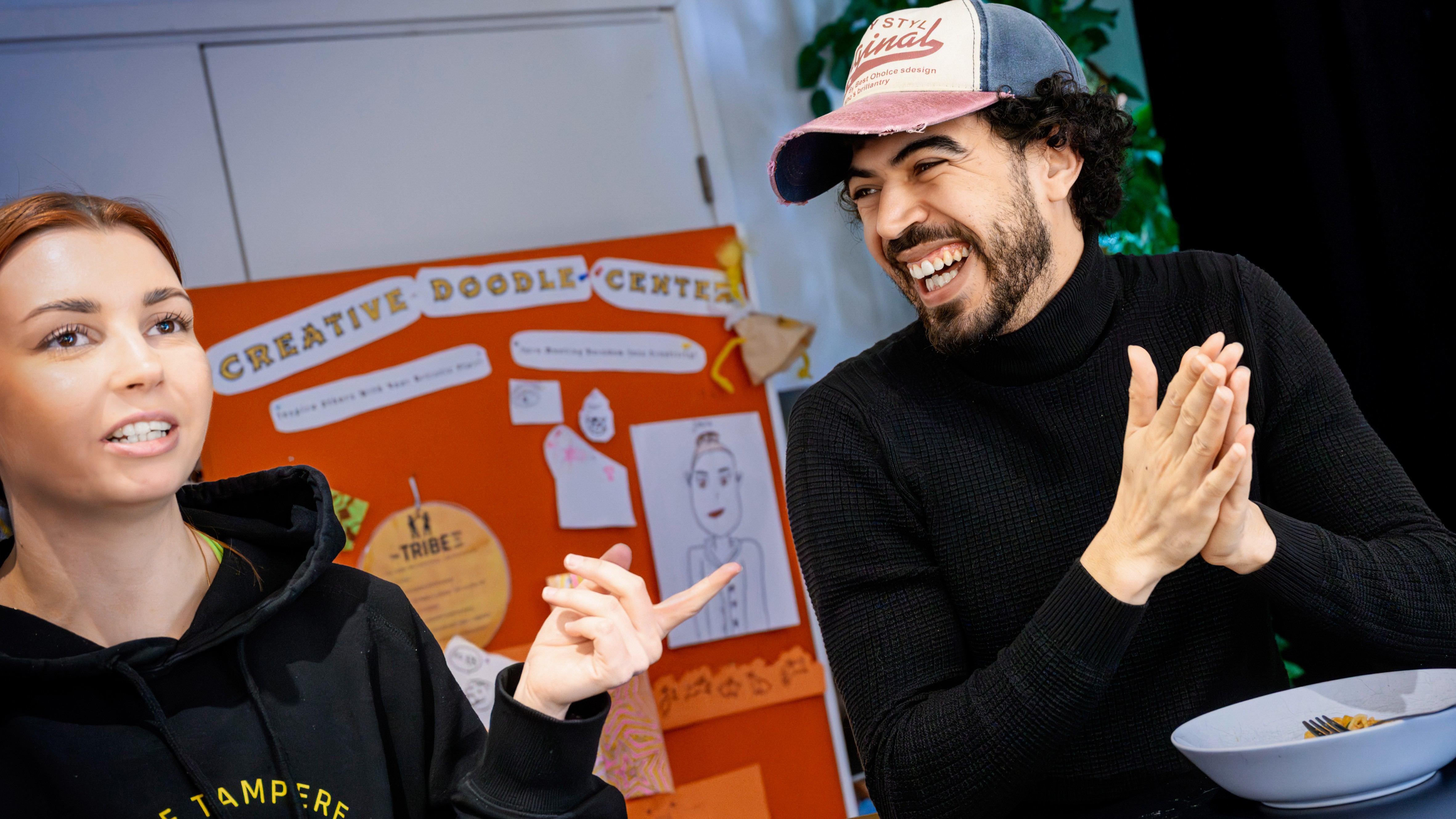
Abdel Essafar came from Morocco to study and is now employed at Tribe Tampere. He and Julia Nieminen emphasise the importance of social connections – something that is not always easy for Finns.
On the top floor, you find Tribe Tampere in a light and airy space. It looks a bit like a youth club for young entrepreneurs, but this place has a far more serious aim. The idea is said to come from Silicon Valley.
Julia Nieminen is the Community Lead at Tribe Tampere. All communication is in English. The majority of those who come here are from abroad. She welcomes anyone who might have an idea and wants to start a company.
This is about peer support for people in similar situations, within low-threshold networks.
Tampere has traditionally been a city where people take a salaried job in the industry sector, not where they start their own company. But new times and a tougher jobs market mean more people consider starting their own, points out Julia Nieminen. This is what Tampere City is looking into.
Moominpappa and Tove Jansson – also innovators
The Tampere Hall is another close neighbour to Platform 6. This is a large conference centre with a hotel – and a Moomin museum.
The combination might appear somewhat surprising. The Moomin Museum is an experience-oriented art museum for visitors of all ages and offers a fantasy journey to Moominvalley.
The museum is based on the original illustrations from the Moomin books, donated by author Tove Jansson in 1986. Here, you meet the expressive characters of Moominvalley and sea-related moods through the illustrations of the Moomintrolls’ adventures.
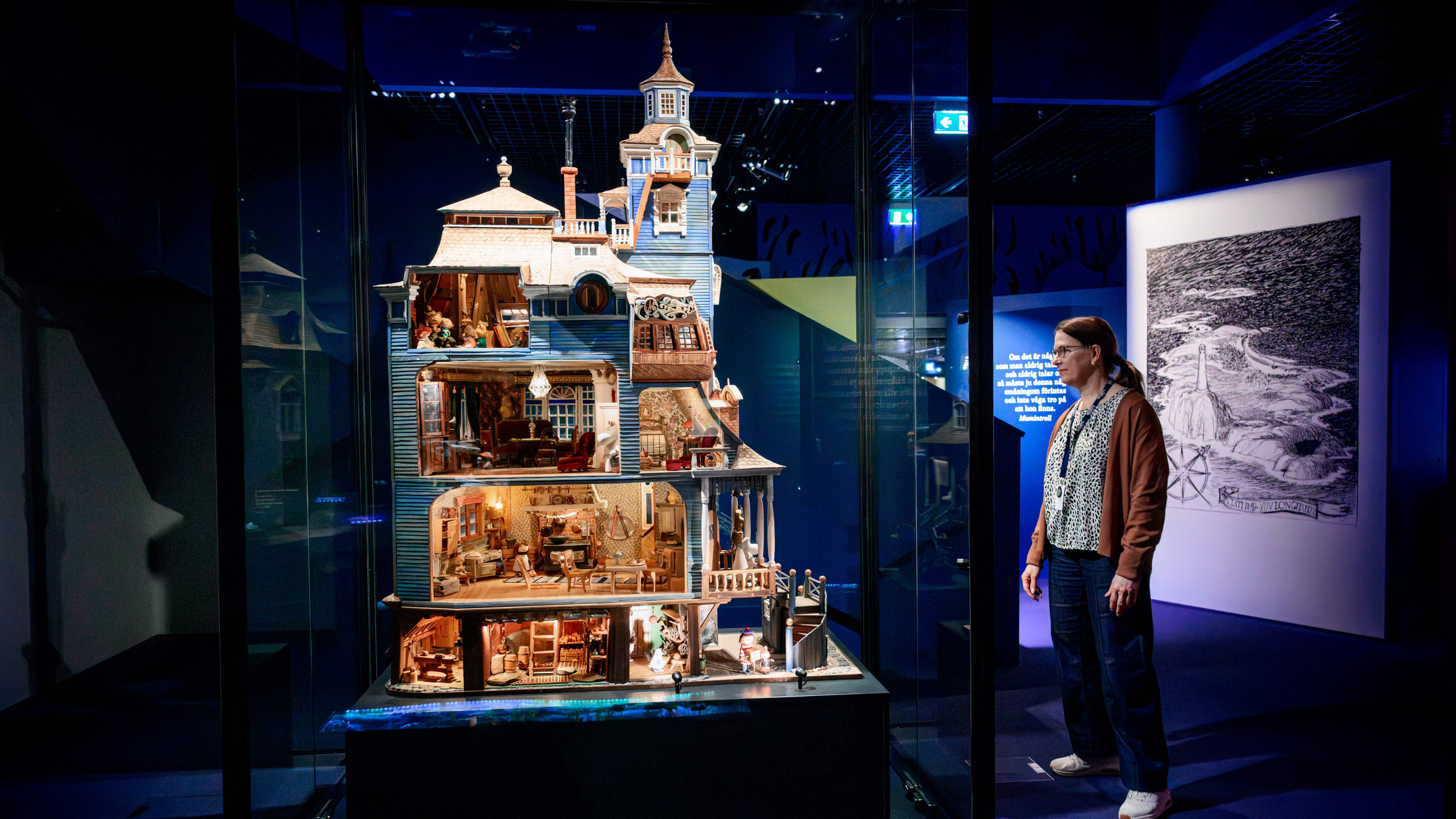
The museum’s pride and joy is the blue-painted Moominhouse, two metres tall, which visitors can explore through its windows and open walls. It was built by Tove Jansson, her life partner, the graphic artist Tuulikki Pietilä and their friends.
Popular figure in Tampere’s cityscape
The walk through the museum follows the covers of the various Moomin books. The storytelling is complemented by dynamic three-dimensional Moomin dioramas, created by Tove’s life partner, the graphic artist Tuulikki Pietilä.
Later on, many cities would have gladly received the Moomin collection, notes Heli Hakala, communications officer at the Moomin Museum.
Over the years, Tampere has created a popular audience magnet through the Moomin characters, who can be seen outside the museum too.
Tove Jansson’s legacy also lives on at the Labour Museum
Tove Jansson’s legacy can be said to continue at the Labour Museum, where history is gathered around activists on the margins.
Tove Jansson broke with many of the norms and lifestyles of her time. She was also once engaged to the left-wing parliamentarian Atos Virtanen.
In a 2014 article in the Tiedonantaja newspaper, the former head of the Lenin Museum, Aimo Minkkinen, pointed out that Atos Virtanen was also a great Lenin expert – and Tove Jansson’s greatest male love.
Virtanen has also been named as the person who got Tove Jansson to start drawing the Moomin series. In his green hat, he is said to have been her inspiration for the Snufkin.
Anniversary boosts visitor numbers
The Moomin Museum is very important for Tampere’s tourism industry, with its nearly 100,000 annual visitors. Many Japanese tourists come especially to see the Moomin drawings, says Heli Hakala.
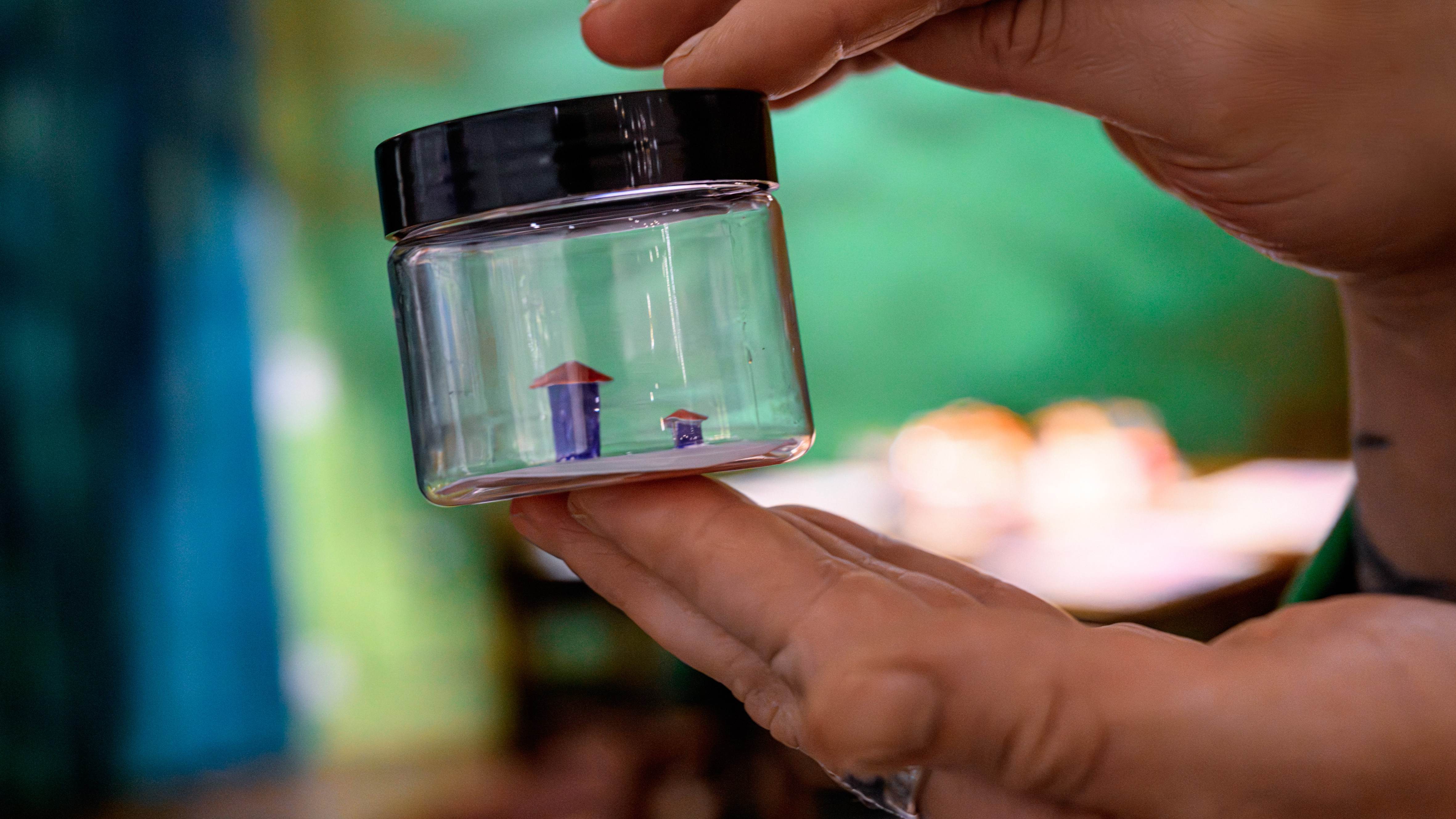
Nearly 100,000 people visit the Moomin Museum in Tampere each year.
This year is also an important anniversary. It is 80 years since the Moomintrolls were first presented to the public. The first story – The Moomins and the Great Flood – was published in 1945.
The Moomin Museum’s home city will celebrate the anniversary in many ways, with Tove Jansson’s birthday in August as a high point.
- Tampere
-
Tampere is Finland’s first and biggest industrial city, and today the country’s third city with around 260,000 inhabitants. It is situated 170 kilometres north of Helsinki.
An important trading post since the 13th century, Tampere was officially founded by Gustav III in 1779 when Finland was still part of Sweden.
A flourishing industrial city since the early 19th century, also called Finland’s Manchester, with a textile industry but also metal, iron and wood processing, and later shoe and leather industries.
Today, unemployment is rising and currently stands at 13 per cent. The city is investing heavily in tourism and encourages startup entrepreneurship.
The history of workers and industry is presented at the Finnish Labour Museum Werstas. It is similar to the Workers’ Museum in Copenhagen and the Museum of Work in Norrköping, Tampere’s sister city.
 Follow us on Facebook
Follow us on Facebook
